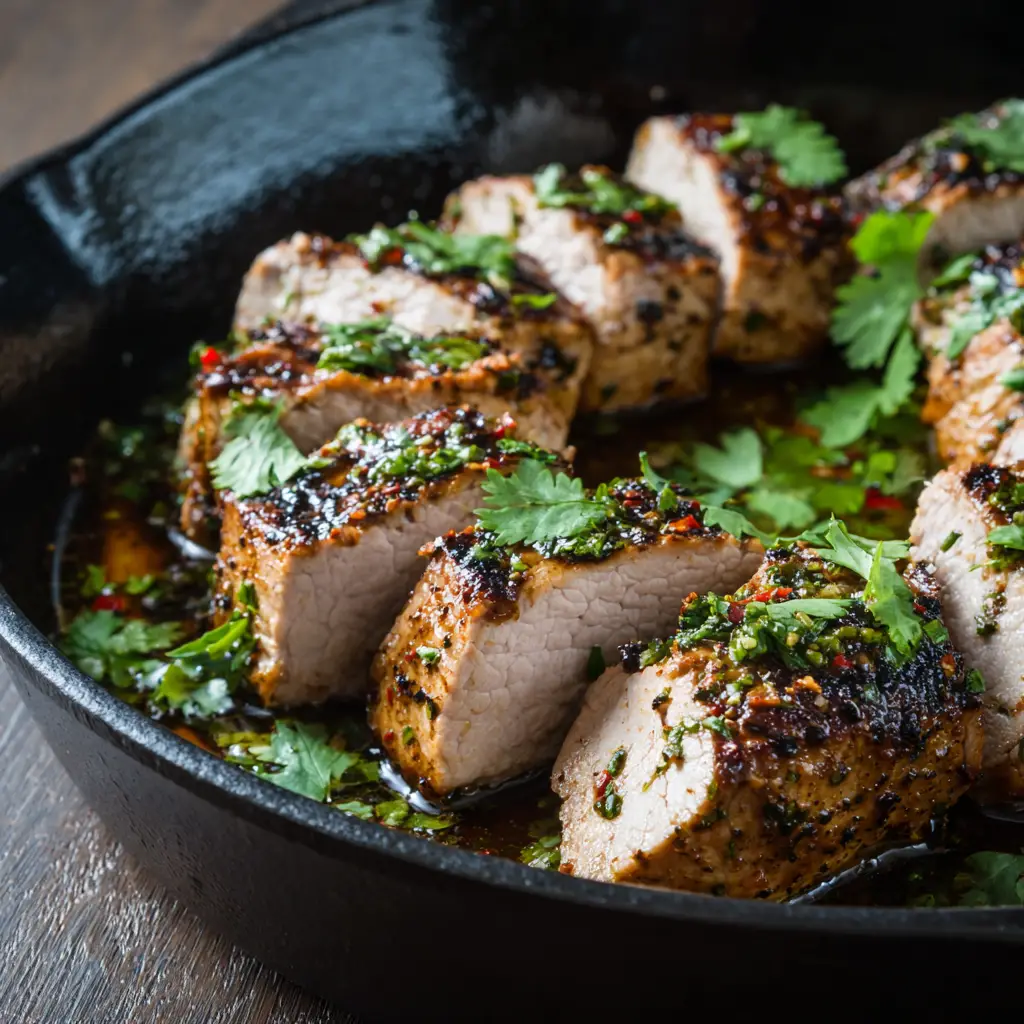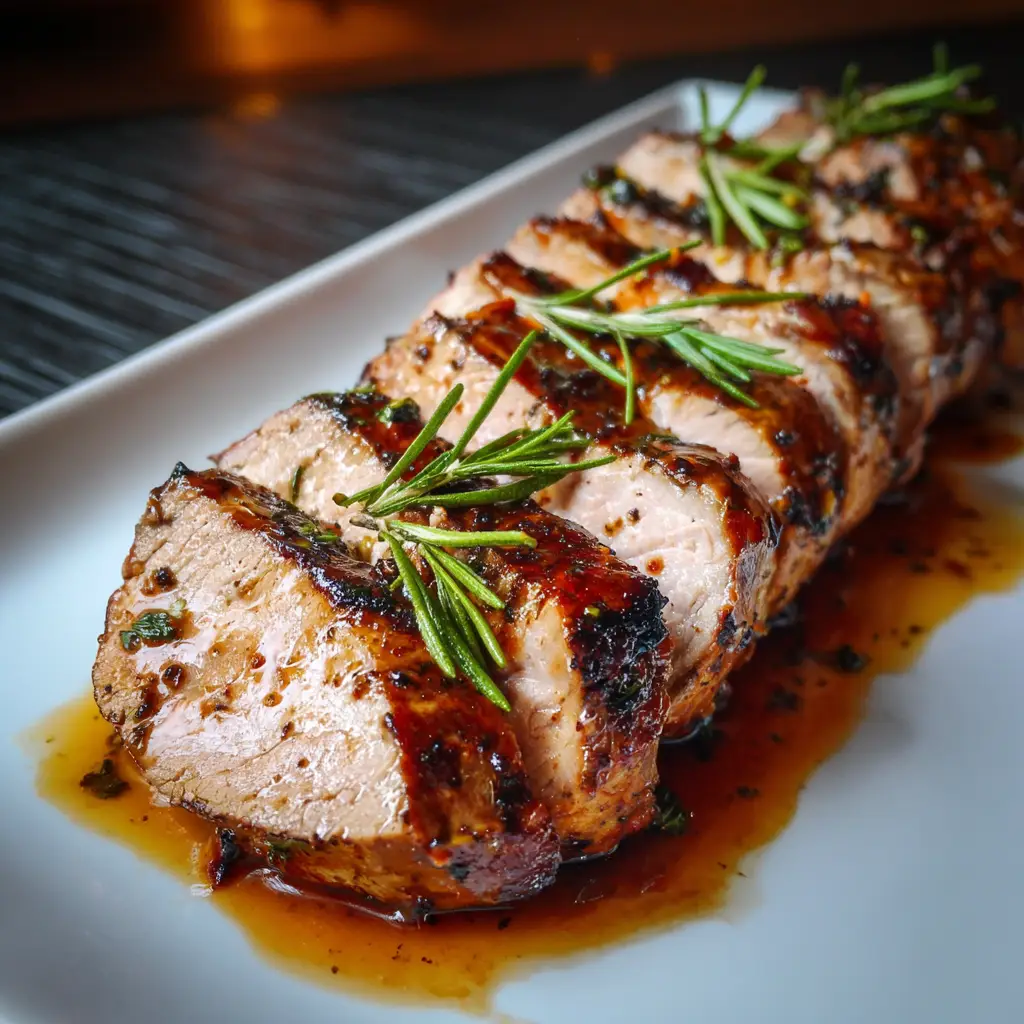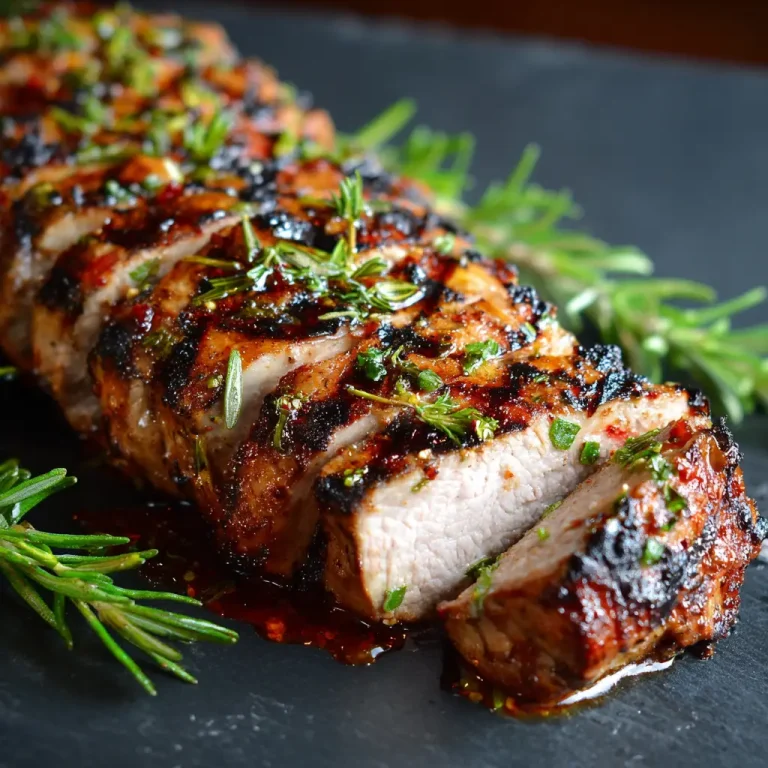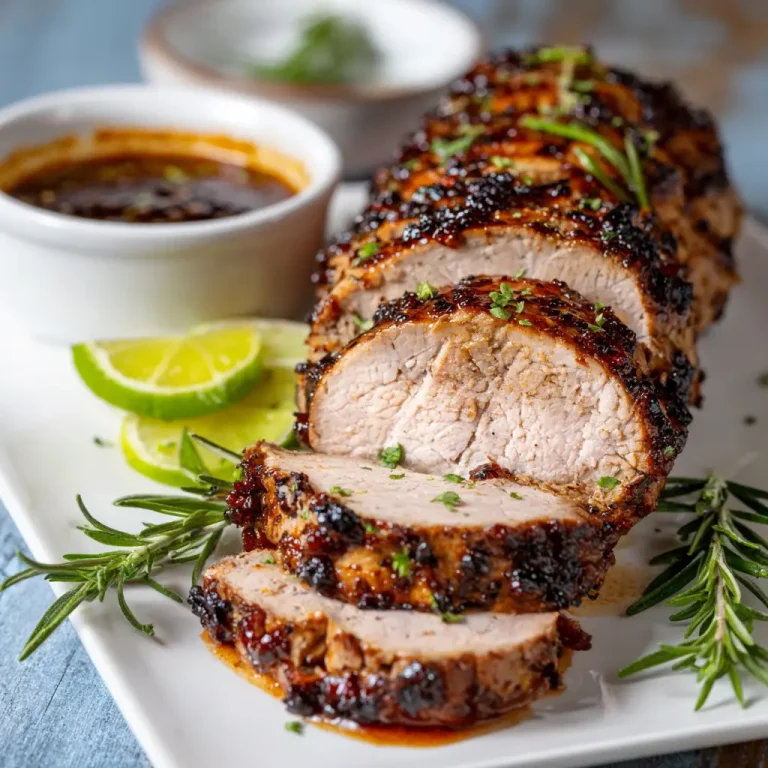Introduction
Cooking pork tenderloin often results in generous portions, and many home cooks find themselves with leftovers after the first meal. Rather than reheating the meat in the same way, turning it into a brand new dish can make the experience far more enjoyable. Using leftover pork tenderloin is a smart way to save time in the kitchen while still serving something hearty and flavorful. The tender texture of the meat lends itself beautifully to a variety of dishes, whether folded into casseroles, layered in sandwiches, or added to soups and salads.
Repurposing pork tenderloin is not only convenient but also a great way to reduce food waste. With just a few additional ingredients and some creativity, the leftovers can transform into a completely different meal that feels fresh and satisfying. Families often appreciate how versatile pork tenderloin can be, making it a reliable option for meal planning throughout the week. This recipe highlights a simple method for turning leftover tenderloin into a delicious, comforting dish that everyone at the table will enjoy.
Ingredients Needed

| Ingredient | Calories per Serving |
|---|---|
| Leftover pork tenderloin (2 cups, diced) | 320 |
| Olive oil (1 tbsp) | 120 |
| Onion (1 medium, diced) | 45 |
| Garlic (2 cloves, minced) | 10 |
| Bell pepper (1, diced) | 40 |
| Cooked rice (2 cups) | 420 |
| Soy sauce (2 tbsp) | 20 |
| Frozen peas and carrots (1 cup) | 70 |
| Egg (1 large) | 70 |
| Green onions (2 tbsp) | 8 |
| Salt and pepper (to taste) | 0 |
Step-by-Step Cooking Instructions
- Dice the leftover pork tenderloin into bite sized pieces and set aside.
- Heat olive oil in a large skillet or wok over medium heat until it begins to shimmer.
- Add the diced onion and bell pepper, cooking for about four minutes until they soften.
- Stir in the garlic and cook for one minute until it becomes fragrant.
- Push the vegetables to the side of the skillet and crack the egg into the empty space. Scramble it until fully cooked, then mix it with the vegetables.
- Add the diced pork tenderloin to the skillet and stir until it is warmed through.
- Mix in the frozen peas and carrots, cooking for another three minutes until they soften.
- Add the cooked rice and break up any clumps with a spatula while stirring everything together.
- Pour in the soy sauce and season with salt and pepper to taste. Toss until the rice is evenly coated and the ingredients are well combined.
- Garnish with chopped green onions before serving.
Tips for Customizing the Recipe
This leftover pork tenderloin recipe is versatile and easy to adapt to your taste. If you prefer a spicier version, add a drizzle of chili oil or sprinkle in some red pepper flakes. For a lighter option, replace the rice with cauliflower rice. Adding mushrooms or zucchini can bring more vegetables to the dish, while pineapple chunks can give it a sweet and savory twist. You can also swap soy sauce with coconut aminos if you want a lower sodium option.
Nutritional Information
A serving of this leftover pork tenderloin recipe contains about 380 calories. Each serving provides around 25 grams of protein from the pork and egg, 40 grams of carbohydrates from the rice and vegetables, and 12 grams of fat primarily from the olive oil. It also offers vitamins from the vegetables and essential minerals that make it a balanced meal.
Serving Suggestions

This dish is hearty enough to serve on its own, but you can pair it with a light side salad or steamed broccoli for extra freshness. It also works well as a filling for lettuce wraps if you want a lighter meal. For gatherings, serve it in a large bowl with chopsticks or a ladle for easy self serving. Leftovers can be stored in an airtight container and reheated the next day, making it perfect for meal prep.
Conclusion
Transforming leftover pork tenderloin into a flavorful and satisfying dish proves how creative cooking can turn simple ingredients into something special. The tender pork combined with vegetables, rice, and seasonings results in a meal that feels both familiar and new at the same time. It saves time, reduces waste, and delivers comfort in every bite. Serving this recipe ensures that no one at the table will feel like they are eating leftovers, but rather enjoying a freshly prepared homemade dish that is both delicious and practical.






